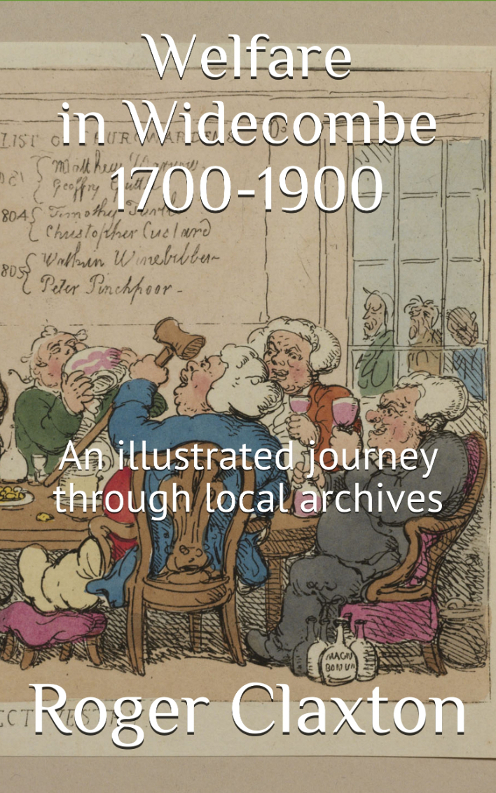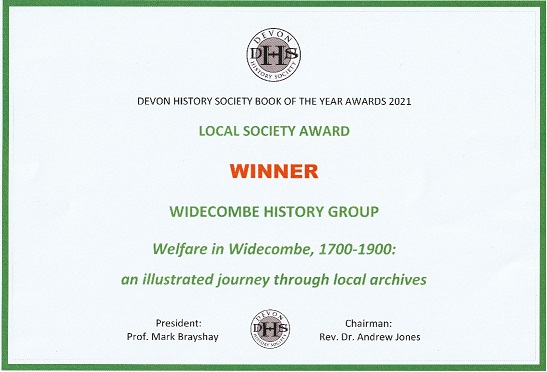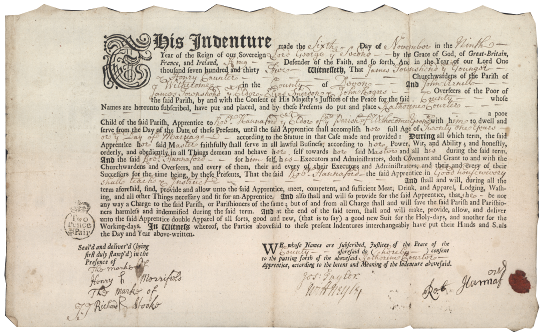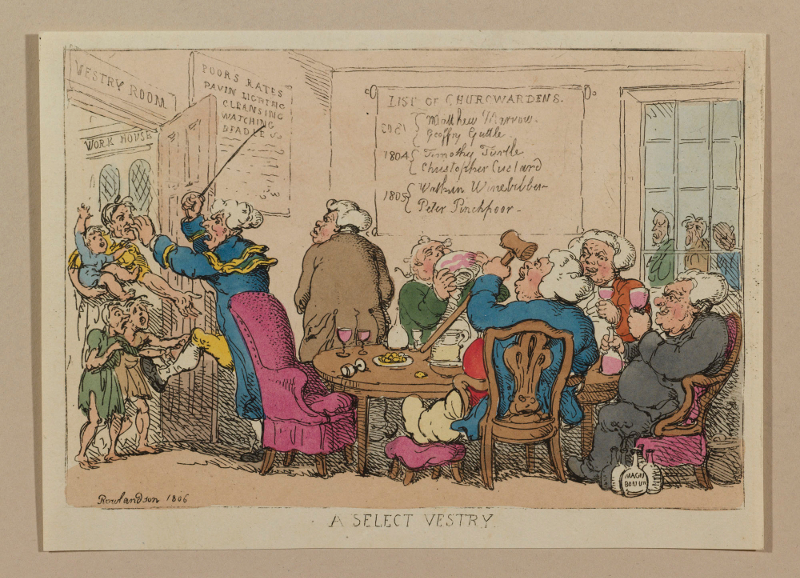Reading Out Loud
Focused Elements:
You can have these explanations read out loud by clicking on 'Speak Explanation' (access key 'a')
These controls are to provide alternative means of accessing the information on this page. Two main facilities are provided: adjusting the text size and listening to the text on the page.
1) Adjusting Text Size:
You can increase the text size by clicking on 'Larger' (access key '+'), and reduce it by clicking on 'Smaller' (access key '-'). You can reset the size back to its original value by clicking on 'Reset' (access key 'j')
2) Listening to the Text
You can adjust the pitch of the spoken word, the rate or speed of delivery and the volume. You can also choose the voice to use by clicking on the drop-down list. The default voice is whatever is the standard for the computer and browser you are using.
To set your default, please refer to the description in the Accessibility Statement.
There are normally three sections of text on the page that you can listen to: the headings, the main text and a selection. Click on 'Speak Headings to speak the page headings (access key 'l'). Click on 'Speak Main Text' (access key 'q') to listen to the main text.
You can also select an area of text in the page using standard select methods and click on 'Speak Selection' (access key 'w') to read the selection aloud.
You can enable the reading out loud of the element that currently has focus by clicking on 'Start Focus Speaking' (access key 'f') and you can stop this by clicking on 'Stop Focus Speaking' (access key 'd').
You can pause the audio by clicking on 'Pause' (access key 'r') and resume by clicking on 'Resume' (access key 't').
To cancel or stop the audio click on 'Cancel' (access key 'y'). To restart the current audio from the beginning, click on 'Restart' (access key 'k').
To hide the accessibility controls click on 'Hide Panel' (access key 'h')
To hide this explanation click on 'Hide Explanation' (access key 'x')
Widecombe-in-the-Moor
Welfare in Widecombe 1700-1900


Welfare in Widecombe 1700-1900
An Illustrated Journey Through Local Archives
A book of 194 pages with 105 illustrations
Written by Roger Claxton
Published by Widecombe History Group
All profits will be donated to local causes
Direct online price of £12 (plus postage) for the printed book
Kindle, Google and Apple versions also available
ISBN (print) 978-1-9162849-0-6
ISBN (eBook) 978-1-9162849-1-3
Winner of the Devon History Society Book of the Year Awards 2021: Local Society Award

The Devon History Society make an annual book award in a number of categories.
We are pleased to announce that the Local Society Award for 2021 was won by the Welfare in Widecombe book.
You can view all of the winners here.
Some review highlights for Welfare in Widecombe 1700-1900
“..written in an accessible style..”, “..immensely readable..”
“The author and WHG are to be congratulated for their achievement.”
- Devonshire Association News Autumn 2020
“..accessible, interesting and very informative”
“The author has brought this history to life”
- Dartmoor Magazine Issue 139 Autumn 2020
“..inspirational, and deserves a readership that extends well beyond the confines of Dartmoor and indeed Devon.”
“..a commendable achievement in terms of both the substance and presentation of what is on offer.”
- The Local Historian: July 2021
“The reality is that this important work has a significance well beyond Widecombe at various levels.”
“The quality of research is matched by the quality of illustrations, in terms of reproduction of documents, transcripts and highly appropriate works by Thomas Rowlandson. This is a model for others to follow.”
- The Historical Association: November 2021. Read the full review here.
Do you wonder how the poor and vulnerable survived without central government help?
And what about the elderly with no state pension?
What happened to children of the poor?
What happened if you just could not work for whatever reason?
These questions and more are explored in this beautifully produced book about welfare provision in Widecombe parish long before the days of our modern welfare state.
Extensive use is made of material from the Widecombe Parish Chest and the Widecombe History Group archive to unearth the individual stories of hardship, the apprenticeship system and the removal of those that did not belong, as well as highlighting the diligence of the people of Widecombe in supporting those in need.
There has always been concern for the poor and vulnerable in Britain, even though this might have been influenced at different times by the prevailing politics and norms of the day. This concern has been reflected in the laws of the land and it is this law (generally referred to as the Poor Law) that provides the context within which local welfare provision, such as Widecombe's, can be viewed. There is no doubt that the quality of such provision varied from parish to parish across the country, but certainly in Widecombe it appears to have been relatively well organised and regular in its operation.
This is a book written in an entertaining way, with a large number of illustrations, and primarily intended for the general reader rather than for the academic, although the latter should also find it of interest as much of the material is newly published.
Additional supporting material for the book is available from: widecombearchive.org.uk/welfare
We have put together a series of talks entitled 'Poor on the Moor' based on aspects of 'Welfare in Widecombe'. You can view these talks here.
Watch the Video

A reasonable conclusion from the evidence presented in this book would be that the poor of Widecombe seem to have been a lot better off than the general urban poor. This may be because the poor in Widecombe were fewer in number and therefore more manageable than those in urban settings. It may also be the case that everyone no doubt knew everyone else in Widecombe and so perhaps there were elements of the ‘extended family’ in operation. Furthermore, the fact that the scattered settlements of the rural parish of Widecombe had a spiritual centre in the church at Widecombe, and that there was also a building that could be used to accommodate the poor with nowhere else to go (the Church House) were undoubtedly also factors in the success of the provision of relief in Widecombe.
The book uses local archive material as the basis for much of the discussion. A pictorial approach has been taken with practically every referenced original document being reproduced and transcribed. This brings the subject more ‘alive’ and, hopefully, makes it a much more enjoyable read.

This etching, used as the cover illustration for the book, was produced by Thomas Rowlandson (1757-1827) a prolific British caricaturist. The Metropolitan Museum of Art in New York has an extensive collection of his work and you can view these by going to Search the Metropolitan Museum of Art and browsing the results or doing your own search.
The etching is from the Elisha Whittelsey Collection donated to the Museum in 1959. If you search for Rowlandson's etchings you can also find out how etchings are made .
Order Your Own Copy of the Book
To order a copy of the book to be sent to you by post at the direct online price of £12 plus postage, or to collect locally to Widecombe, please choose your option from the list on the right and then click on the 'Add to Cart' button. This will take you securely to PayPal to complete your purchase. You do not need a PayPal account to make a secure payment. However, please make sure we have your correct email and mailing addresses as recorded within PayPal, or by contacting us. Thank you for your purchase.
The ROW Economy postage is Royal Mail's economical but slow way of sending packages world-wide (sea-mail?). Choose this option if you do not mind how long the book takes to reach you.
For the local (Widecombe) pick-up option, we will arrange with you when and where to collect your book.
If you would like to purchase a digital version of this book you can use the links on the right.
The book is available digitally as a Kindle version in all Amazon territories, as a Google Books version, and as an Apple Books version, all worldwide.
Amazon Australia Kindle version
For other Amazon users, please go to your normal Amazon web page and search for 'B082319PSW' or the book title.
You can also buy the printed book directly from Amazon UK by using the link on the right. This link should take you directly to the 'Flexibound' version (which is the original first edition supplied by us). If you are on the main page without the side panel you will need to click on either 'See All Buying Options' or '1 New from £15' to purchase. Note that you can 'Look Inside' the book as well.
If you would prefer to pay by another method, such as a cheque, or in person:
Please Contact Us
The book can also be purchased from the Dartmoor Gallery in Widecombe. You can also order directly from Waterstones.
We are sorry about the postage costs, but the book is A4 sized and weighs about one kilo and therefore has to be sent as a small parcel. It will be sent in environmentally friendly protective packaging. You can always buy the digital version!
To avoid delays please be sure to choose the correct postage option, or if you choose local pick-up, that you do live within easy reach of Widecombe!!
Sold In Aid of Local Causes

Remember: ALL profits from the sale of this book will be donated to local Widecombe and Dartmoor causes.
Table of Contents
- Introduction
- Widecombe-in-the-Moor
- The Widecombe Digital Archive Project
- Background and Context
- The Poor Rate
- The Gilbert Act
- 1830s Major Overhaul
- The Workhouse
- The Types of ‘Poor’
- The Law of Settlement and Removal
- The Widecombe Tithe and Rates System
- Who Administered the System?
- The Churchwardens and Overseers of the Poor
- The Account Books
- The Select Vestry
- The Widow's Gift and Other Private Provisions
- The Church Rate
- Introduction
- Raising the Church Rate
- Rental Income
- Spending the Church Rate
- Providing for the Poor
- Introduction
- Raising the Money for the Poor
- How Was the Money Collected?
- Spending the Poor Rate
- The Poorhouse or Workhouse
- Medical Help
- Foxes
- Dealing with the Dead
- Bastardy
- Base Children
- The Apprenticeship System
- Payments to Take Apprentices
- Thomas Collins
- Samuel Leaman
- Elias Norrish
- Katherine Courters
- Resistance to Apprenticeship
- Removal Orders
- William Hannaford
- Maria Hannaford and Ann Potts (née Furnival)
- The Case of George Leaman, his Wife and Three Children
- Mary Hamlyn and her Six Children
- Newton Abbot Union
- Other Welfare Provision
- Introduction
- Education
- Sickness Benefit
- Poor Relief as Sickness Benefit
- Highways
- The National Census Returns
- The Relationship with Lydford
- Conclusions
- Appendices
- The Transcript of the Overseers’ Accounts for 1804
- The Transcript of the Churchwardens’ Accounts for 1804
- The Episcopal Visitation Return for Widecombe in the Moor, 1744
- Using the Widecombe Digital Archive
- Finding Something from this Book in the Archive
- The Value of Money
- The British Monetary System
- Questions for Further Work
- Bibliography
- Index
Acknowledgments
This book would not have been possible without the dedication of the many volunteers who helped to create the Widecombe Digital Archive. Thanks are also due to Widecombe Parish Council and Widecombe History Group for permission to use images from the archives. Also to Leusdon Parochial Church Council, Widecombe Parochial Church Council, South West Heritage Trust, Exeter Cathedral Archive, the British Museum and numerous private persons all of whom allowed images in their possession to be used.
The information on this page was last modified on January 25 2024 14:52:39.


